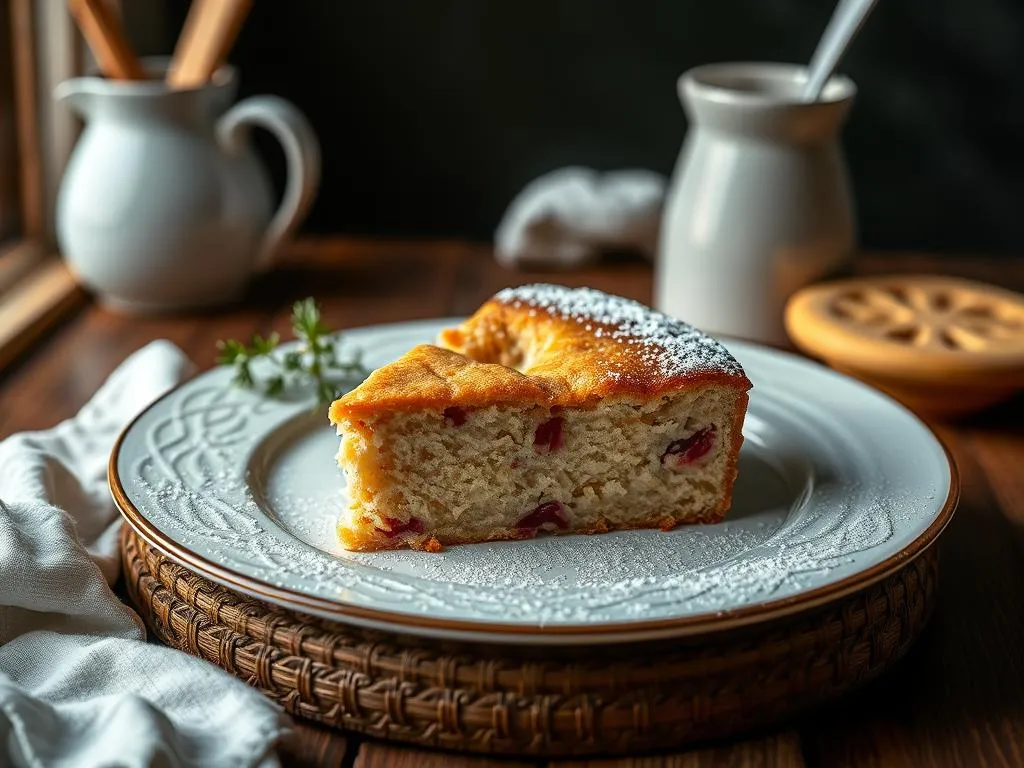
Introduction
Dog breeds play a significant role in our lives, providing companionship, protection, and a sense of joy. Among the myriad of breeds, the Potcake stands out not only for its unique characteristics but also for its rich history tied to the Caribbean. The term “Potcake” originates from the local word describing the congealed remains of food at the bottom of a pot, which these dogs were once fed. This charming breed has evolved over the years and holds a special place in the hearts of many.
Understanding Dog Breeds
What is a Dog Breed?
A dog breed is a specific group of domestic dogs with distinct characteristics, traits, and behaviors. These characteristics include physical traits like size, coat type, and color, as well as temperament and energy levels. Understanding these traits is vital for potential owners to ensure a good match between the dog and their lifestyle.
The Role of Genetics in Dog Breeding
Genetics heavily influences a breed’s traits, shaping everything from appearance to temperament. Selective breeding, where breeders choose specific dogs to mate based on desired traits, has led to the development of distinct dog breeds. This practice ensures that certain qualities are passed down, but it can also lead to genetic health issues if not managed properly.
The Potcake Breed
Origin and History
The Potcake has a fascinating history that reflects the diverse cultures of the Caribbean. These dogs are believed to have descended from a mix of various breeds, including the Labrador Retriever, the American Staffordshire Terrier, and local indigenous dogs. Historically, they were often found roaming the streets, performing various roles in communities such as guarding homes and assisting fishermen.
In many Caribbean islands, Potcakes have been embraced as symbols of resilience and adaptability. Their ability to thrive in different environments and their friendly nature have made them popular among locals and visitors alike.
Physical Characteristics
Potcakes are medium-sized dogs, typically weighing between 30 to 50 pounds. They possess a strong, athletic build, which allows them to be agile and energetic. Their coat is often short and can come in various colors, including brown, black, and tan, with some dogs displaying unique patterns.
Common features of Potcake dogs include:
- Ears: Semi-erect or floppy
- Eyes: Expressive and soulful, often brown
- Tail: Medium length, typically held high
Temperament and Behavior
Potcakes are known for their friendly and affectionate disposition. They are highly social dogs that bond well with families, making them excellent companions for children and other pets. Their playful nature and intelligence make them easy to train, and they thrive on positive reinforcement.
While they are generally friendly, it’s essential for Potcake owners to provide proper socialization and training from a young age. This helps ensure they develop into well-mannered adults, comfortable in various situations.
Health and Lifespan
Like all dog breeds, Potcakes are prone to certain health issues. Common problems can include skin conditions, hip dysplasia, and ear infections. Regular veterinary check-ups and a healthy diet can help mitigate these risks.
The average lifespan of a Potcake is around 12 to 15 years. Factors such as genetics, diet, exercise, and overall care play crucial roles in determining their longevity.
The Potcake’s Role in Society
Working Dogs
Historically, Potcake dogs served vital roles in their communities. They were often used as working dogs for hunting and herding. Their keen sense of smell and agility made them excellent companions for fishermen and farmers. In many Caribbean cultures, Potcakes were seen as integral to daily life, assisting in various tasks that required loyalty and intelligence.
Companion Animals
In recent years, Potcakes have transitioned into beloved family pets. Their friendly demeanor and adaptability make them perfect companions for people of all ages. They require regular exercise and mental stimulation, which can lead to a deeper bond between the dog and its owner.
Owning a Potcake comes with numerous benefits, including their affectionate nature, intelligence, and their ability to integrate smoothly into family life. They thrive on companionship and are known to be incredibly loyal to their families.
Adoption and Rescue of Potcake Dogs
Importance of Adoption
Unfortunately, Potcake dogs often face challenges in finding permanent homes due to overpopulation and neglect. Many end up in shelters or rescue organizations, where they await loving families to adopt them. Adopting a Potcake not only gives a dog a second chance at life but also helps combat the ongoing adoption crisis.
Adopting a Potcake brings numerous benefits, including the joy of saving a life, the potential for a loving and loyal companion, and the satisfaction of supporting rescue efforts in the community.
How to Adopt a Potcake
If you’re considering adopting a Potcake, here are steps to guide you through the process:
- Research Local Shelters: Begin by checking local animal shelters and rescue organizations that specialize in Potcake dogs.
- Visit and Meet Dogs: Schedule visits to meet available dogs. Interacting with them can help you find a good match for your family.
- Ask Questions: Inquire about the dog’s history, temperament, and any special needs they might have.
- Complete Adoption Application: Once you’ve found a suitable match, fill out the required adoption paperwork.
- Prepare Your Home: Ensure your home is ready for a new pet by providing necessary supplies and a safe environment.
Before adopting a Potcake, consider factors such as your lifestyle, living situation, and the time you can dedicate to training and socializing your new pet.
Care and Training
Basic Care Requirements
Proper care is essential for the well-being of your Potcake. Here are some basic care requirements:
- Nutrition: A balanced diet consisting of high-quality dog food is crucial for their health. Consult your veterinarian for specific dietary recommendations based on your dog’s age, size, and activity level.
- Grooming: Potcake dogs have short coats, which makes grooming relatively easy. Regular brushing helps minimize shedding and keeps their coat healthy. Bathing should be done as needed, typically every few months.
Training Techniques
Training your Potcake is an essential aspect of pet ownership. Here are effective training methods:
- Positive Reinforcement: Use treats and praise to reward desired behaviors. This encourages your dog to repeat those behaviors.
- Consistency: Keep commands and expectations consistent. This helps your dog understand what is expected of them.
- Socialization: Expose your Potcake to various people, pets, and environments from a young age. Socialization is key to developing a well-adjusted adult dog.
Fun Facts About Potcake Dogs
Unique Traits
Potcake dogs are known for their quirky personalities. Some interesting traits include:
- Vocalizations: They may bark or “talk” to express their feelings or alert you to something unusual.
- Affectionate Nature: Many Potcakes are known to be “velcro dogs,” following their owners everywhere and seeking constant companionship.
Potcakes in Popular Culture
While Potcake dogs may not be as widely recognized as some other breeds, they have made appearances in various media and literature. Their charm and unique stories have captured the hearts of many, leading to increased awareness and appreciation for the breed.
Notable Potcake stories often revolve around rescue efforts and the bond formed between the dog and its human. These tales showcase the breed’s resilience and loyalty, highlighting why they deserve a place in our homes and hearts.
Conclusion
The Potcake dog is a remarkable breed with deep roots in Caribbean culture and history. Their affectionate nature, adaptability, and unique characteristics make them wonderful companions. By learning more about this breed, we can appreciate their significance and consider the impact of adoption.
Call to Action
Consider sharing this article to spread awareness about the Potcake breed. Engaging with resources dedicated to adoption and breed information can also help more Potcake dogs find their forever homes.









